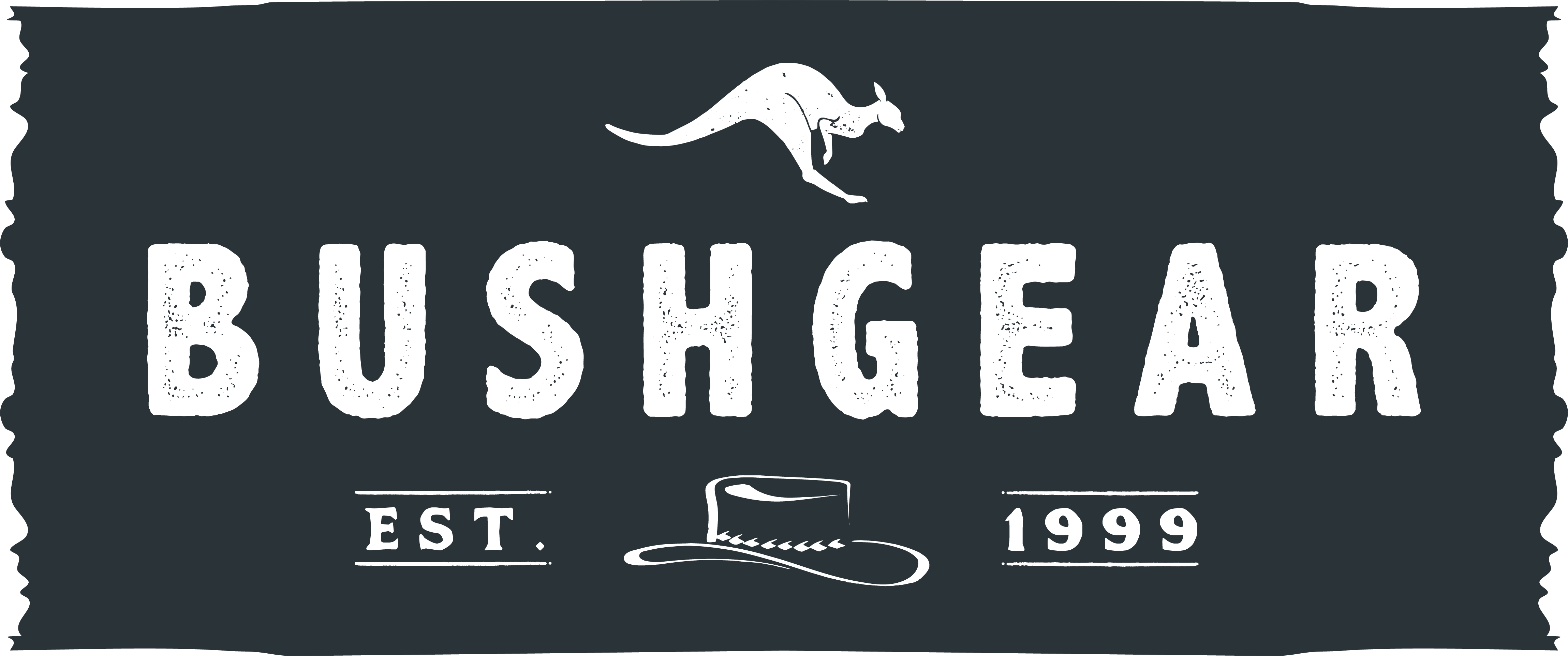
A Guide To Wilderness Shelters
This is always a point of contention amongsts outdoor enthuisiasts.
You could argue with people until you are blue in the face about which form of wilderness shelter is king.
Ultimately however, as with most things in life, individual needs best dictate which form of shelter you should choose. The most common types of shelter are : lean to and debris shelters, tents, tarps, hammocks and bivi bags.
It would largely be impractical to build a wilderness shelter on every trip. Even a relatively small shelter such as an A frame debris shelter is time consuming to build (something worthwhile will take at least 2 to 3 hours to build, if not longer). Particularly in poor weather conditions, a shelter of this type will still leave you having to deal with damp and cold unless you are able to first dry it out with a fire. If you are only going to be in one location for a night, this may not be worth the effort.
Pictured above - a simple yet laborious a frame debris shelter (photo courtsey of readynutrition).
Tarp and hammock - This is a good set up for very wet or jungle like conditions. Being raised off the ground means the ground is not drawing heat from your body and you're out of the mud. A hammock and tarp set up will generally be quite lightweight as compared to a tent set up, although this may not necessarily be the case. A disadvantage, is that you are more exposed to wind which can steal away body heat. Heat loss can be minimised by the inclusion of an insulated pad within the hammock and of course, with the use of a sleeping bag. Being riased off the ground means you can set up your shelter on uneven, rocky, muddy even water logged ground, all you need are two sturdy trees. However, taller people may find a hammock a little uncomfortable with prolonged use. People who prefer sleeping on their front may also find hammocks a little hard to deal with.

Pictured above - a hammock with tarp set up (photo courtesy of DDhammocks UK).
Tents - In our opinion, this is the ultimate wilderness shelter. You can be completely shielded from the elements and really feel like you are in a home away from home. Particularly with compact, double layered tents, your body heat can bring the temperature up by several degrees, making a nice little micro climate, for your comfort. Naturally, you will need to find some relatively flat, rock and knot free ground (which can be tricky, particularly in dense woodland and scrubland). Some ground preparation may be needed (removing uncomfortable things that will stick into your back whilst you try and sleep). Of course, as with hammocks, using a insulating pad will be necessary in the colder months. Alternativley, folding camping cots really make sense and are the ultimate in outdoor sleeping comfort (our opinion).
Hanging tent - An interesting little innovation in tenting. Hanging tents were originally designed for mountain climbers so they could catch some zzz's whilst halfway through a tricky assent. Currently, these tents are quite dear but will probably come down in price soon. One could argue that these are halfway between a tent and a hammock. As with hammocks, the rocking motion you may experience will be offputting to some.

(Hanging tent by British company Tensile (tensile.com))
Bivi bag and tarp - This is probably the shelter that inlcudes the least faffing. You can literally be in a warm, dry shelter within a minute. Most bivi bags offer a very high degree of waterproofing but for comfort, it often makes sense to suspend a tarp over your bivi. This way, you can have a work area and somewhere to store your equipment whilst you sleep (this may be preferable to taking wet items into your dry bivi bag). Sleeping in a bivi gives you the option of lying on your back or front and will usually suit taller people too. One downside of bivi bags is that some people find them a little claustraphobic.

(Pictured above - man takes shelter in a Jerven bivi bag, next to some rocks).
If weight and bulk are not an issue, combining one or more of these shelter types may be an even better solution, for example, a good sized tent with a tarp over the top or a debris shelter with a bivi bag inside. As we stated at the beginning, finding your ultimate wilderness shelter is truly a personal experience, best discovered through hands on practice with the various shelter types.
Hopefully this short introductory guide will provide you with a good starting point, for deciding on which shelter suits.
The Bushgear Team



